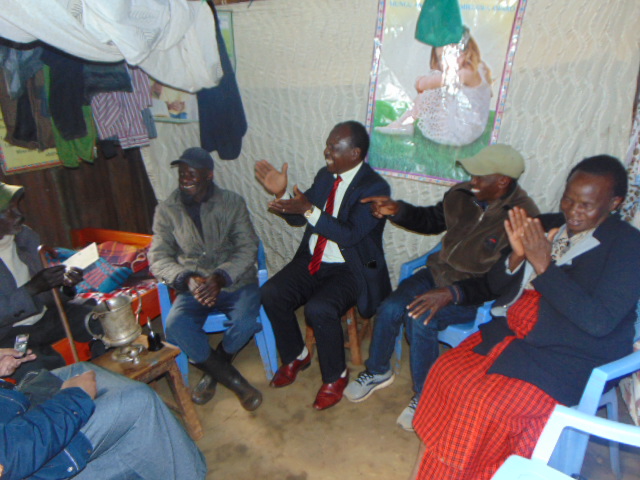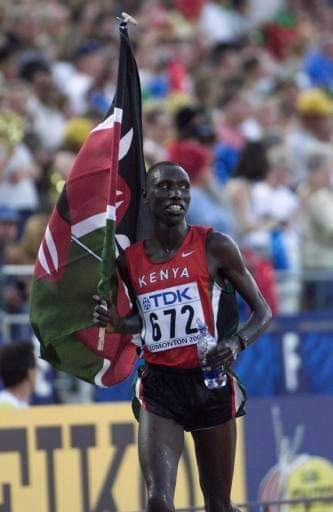The VAA’s 4-Point Programme

The VAA Denounces Parole Board Failings
September 29, 2025
Champion
October 5, 2025By Satish Sekar © Satish Sekar (September 1st 2025)
The Converse Meeting
Organizing Secretary of the Veteran Athletes Association (VAA) introduced this afternoon’s Converse Meeting at Eldoret’s Sirikwa Hotel. The aim was to set the forthcoming year’s programme and for me to challenge the VAA and its allies. Among those present were a team of lecturers from Nandy’s Koitaleel Samoei University[1].
Present at that meeting were some legends of Kenyan athletics, comprising the cream of Kenya’s athletics prowess, including the great Kipchoge Keino and the Father of Kenyan steeplechasing, Amos Biwott. Too many Kenyans are unaware of the great athletes from yesteryear and their achievements.
Some are living in poverty and suffering medical ailments without the prospect of a bright or even satisfactory future. Among those who could not attend was the last surviving athlete from the Colony (or Protectorate) of Kenya – it was known as that before the country secured independence on December 12th 1963 – at the Empire (and Commonwealth) Games of 1958 which had taken place in Cardiff, the 89-year-old Vincent Suter Chemweno.
Within five years of winning independence Kenyan athletes shone at the Olympic Games in México City. The recently deceased Benjamin Kogo had been the first Kenyan to participate in the 3000m Steeplechase at Tokyo’s first Olympiad (1964). He won the silver medal four years later behind his compatriot, Amos Biwott, who is known as the Father of Kenyan Steeplechasing, as he began the tradition of domination in what is now considered Kenyan athletics’ signature event. Biwott cited the late Bartonjo Rotich, a medallist from the 1958 Empire Games, Kogo and Suter Chemweno as his idols when he was embarking on his life in athletics – they were his mentors.
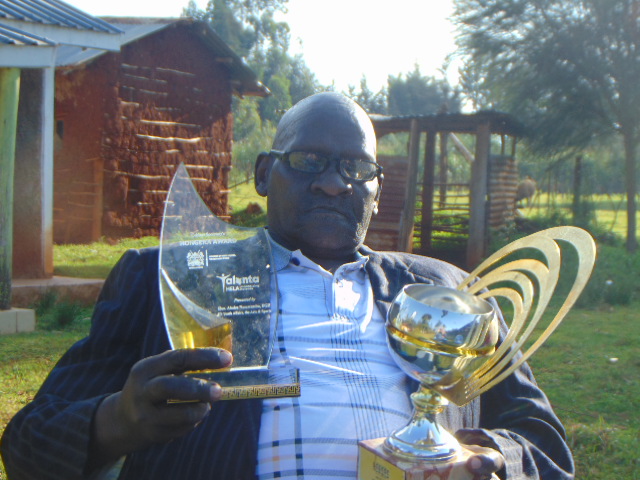
Now Amos Biwott is the face of the VAA’s Mentorship Programme – a programme designed to encourage young athletes through a mentorship scheme involving veteran athletes.
Simon Biwott has been vociferous in condemning the alarming rise in gender-based violence in Kenyan athletics (see Condemning GBV at https://empowersmag.com/empowersmagwp/2025/09/28/condemning-gbv/). The VAA initiated a programme to combat GBV and the exploitation of athletes, especially female ones, as a trend emerged of talented female athletes being targeted by unscrupulous men offering coaching and more by exploiting the feelings of the athletes. Love and feelings cannot be regulated or controlled, but the credentials of so-called coaches can and must be properly regulated.
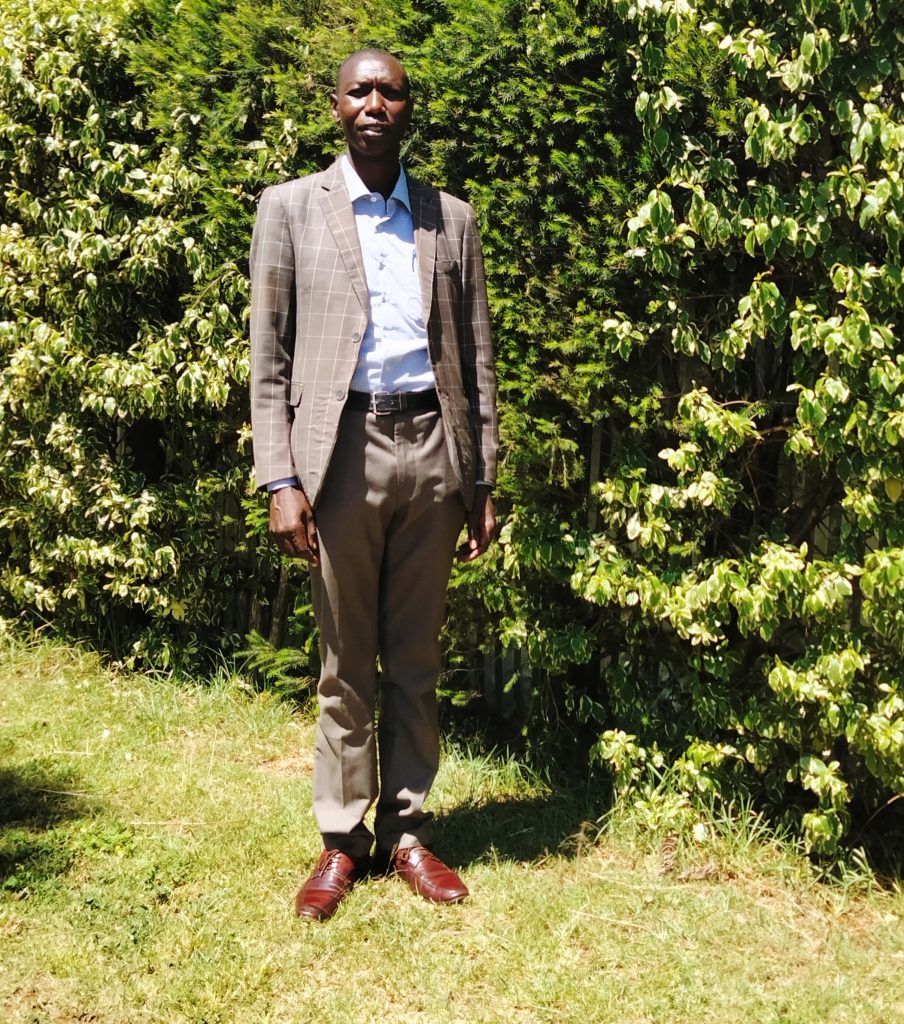
With the backing of the VAA I called for adequate regulation of those purporting to be coaches – they must obtain licences from the national and international governing bodies after completing the coaching courses. Ibrahim Rotich is infamous now. The partner of Agnes Tirop, the talented young Olympian, Rotich wormed his way into her affections, purportedly by coaching her, but he is unknown to athletes – he has no history in athletics or in coaching. He is a ‘fake’ coach and arguably a fraud too. I called for regulation of coaches to protect vulnerable athletes. Let the athletes be mandated to have a coach that possesses the required credentials and if they do not and athletes insist on having uncredentialed coaches, then any and all performances of an athlete using an unaccredited coach shall be null and void, so there will be no point hiring such a coach. Falling in love with the wrong person is another matter – the heart cannot be governed by rules and regulations. Their earnings can and should be protected, especially when they are not mature enough to do it themselves – put in trust for them with a living expenses stipend until they are adults.
The VAA will be active in schools identifying and nurturing sporting talent. This will continue as the youngsters develop and progress through school and beyond.
The final prong of te VAA’s programme is the welfare of the vulnerable – in this case elderly athletes who performed in an era when there was no remuneration for their performances. This meant that that generation of athletes had no opportunity to benefit from their talent with few exceptions. The VAA took up cudgels on behalf of the most needy. It started with Suter Chemweno. He looked frail and in need of medical assistance.
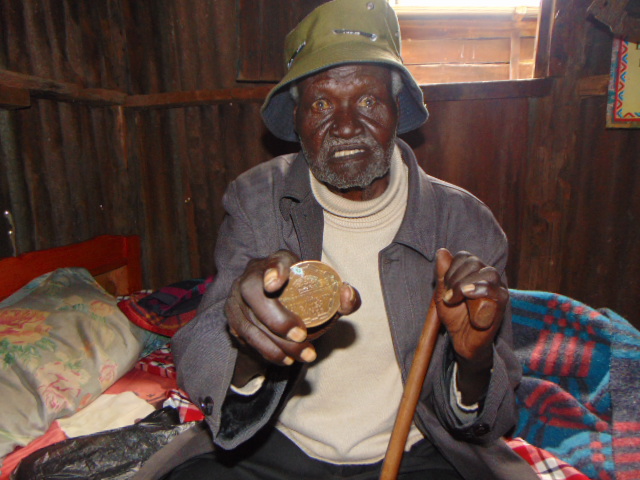
They announced that they would pay the remainder of his medical insurance for the rest of the year 7200 KES (Kenya Shillings), which was under £50.00. This meant that he would get examined and a plan for his care would be developed. The VAA would seek to develop a plan to cater for his needs for the rest of his life and recruit supporters to cover his various needs. This would be its blueprint to try to help others in need in the future.
[1] The University is named after a Kenyan national hero, Koitaleel Arap Samoei, who led the resistance to encroaching colonialism. Samoei could not be beaten by the British who wanted to impose a railway through land that did not belong to them. The resistance, led by Samoei, lasted over a decade. It was ended by subterfuge and deception. Samoei and colleagues were ambushed at a ‘peace’ meeting – all bar one were killed. Samoei’s corpse was beheaded – his head has never been returned. There is a museum in the Rift Valley that highlights his achievements, as does the university that bears his name.


